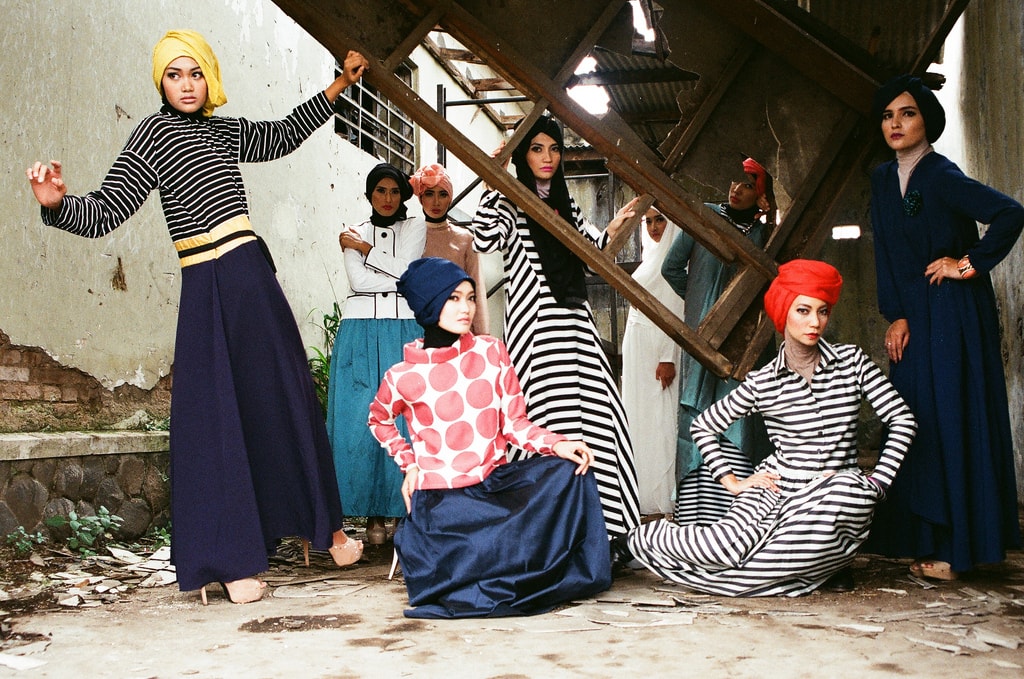Unlock the Tricks of Classic Eastern Use
Checking out the enigmatic world of timeless Eastern wear looks into a world where background, creativity, and society assemble to produce garments that transcend simple material and thread. The complex tapestry of practice intertwined with modern components supplies a glimpse into a globe where every stitch narrates, every concept an icon of value. Introducing the keys behind these productions introduces a tapestry of heritage waiting to be unraveled, welcoming one to trip with the spiritual elegance and aura of Eastern style.
History of Eastern Fashion
The background of Eastern style go back centuries, reflecting the abundant social heritage and customs of diverse regions throughout Asia. Each region flaunts its one-of-a-kind styles, materials, and styles that have been influenced by variables like environment, faith, social condition, and trade courses. eastern wear pakistan. For instance, the complex silk garments of China represent elegance and refinement, while the vivid saris of India showcase a kaleidoscope of patterns and shades.
In Japan, the bathrobe has been a sign of tradition and improvement for generations, with various designs put on for different occasions. The history of Eastern fashion is a tapestry of development and tradition, mixing ancient practices with contemporary impacts to develop an ever-evolving and dynamic industry.
Value of Standard Outfit
Conventional clothing acts as a cultural symbol, symbolizing the values, beliefs, and heritage of neighborhoods in Eastern cultures. eastern wear pakistan. These garments are not simply pieces of material however are symbolic depictions of the abundant background and practices gave via generations. In Eastern societies, standard clothing plays a substantial role in events, festivals, and day-to-day live, showing the social status, regional associations, and even marriage condition of individuals
The importance of typical clothing goes beyond appearances; it is a way for individuals to connect with their roots and share satisfaction in their cultural identification. Each garment, from the complex sarees of India to the flowing hanboks of Korea, carries with it a story of craftsmanship, meaning, and meaning that is deeply ingrained in the material of society.
Additionally, typical outfit functions as a visual language, communicating stories of unity, triumph, and resilience. By using these garments, people not just recognize their heritage however also add to the preservation and party of their cultural legacy.
Development of Eastern Embroideries
Eastern needleworks have a rich history that extends centuries and have actually continually advanced to include varied social impacts and respond to moving imaginative trends. The development of Eastern needleworks can be mapped back to old civilizations where complex layouts were hand-stitched onto textiles using typical techniques.

Today, Eastern needleworks proceed to advance, mixing traditional workmanship with modern-day layout perceptiveness to develop classic items that commemorate the appeal of multiculturalism and creative advancement.
Elegant Fabrics in Eastern Wear
Elegant textiles play a critical role in elevating the aesthetic allure and quality of Eastern wear, boosting the total attraction and elegance of typical garments. Eastern wear is renowned for its extravagant materials that not just show the region's abundant social heritage yet also indicate elegance and poise. Silk, a textile identified with high-end, is typically used in crafting Eastern attire, passing on a shiny sheen and a soft, smooth structure. The great threads of silk not just curtain beautifully but additionally include a touch of luxury to outfits.
In addition to silk, textiles like velvet, chiffon, and brocade are additionally commonly included in Eastern wear. These luxurious materials not only elevate the aesthetic appeal of Eastern wear but also ensure a sense of refinement and elegance that transcends time.
Incorporating Eastern Fashion Today
In contemporary fashion landscapes, the combination of Eastern affects provides an unified blend of social heritage and contemporary aesthetics. Designers and fashion enthusiasts alike are embracing the rich tapestry of Eastern fashion, incorporating traditional elements into contemporary silhouettes and styles. From complex embroidery to glamorous materials and lively shades, Eastern style today offers a diverse series of choices that satisfy an international target market.
One important source means Eastern style is making its mark in contemporary wardrobes is with the adaptation of standard garments such as the bathrobe, saree, or qipao into daily wear. These items, as soon as booked for special events, are currently reimagined in even more informal forms, permitting their consolidation right into everyday fashion selections. Additionally, the use of typical patterns and themes in Western-style garments adds a touch of unique elegance to modern attire.

Conclusion
To conclude, exploring the abundant history, significance, and evolution of Eastern style reveals a deep-rooted link to heritage and values. The glamorous fabrics and detailed embroideries of Eastern wear display the versatility and timelessness of typical styles. Incorporating Eastern affects in contemporary style enables a fusion of custom and advancement, creating an unified balance in between the past and today.
Luxurious fabrics play a pivotal duty in elevating the visual appeal and high quality of Eastern wear, enhancing the general allure and class of traditional garments. Developers and fashion lovers alike are welcoming the rich tapestry of Eastern style, including standard components into modern-day silhouettes and designs. From detailed embroidery to vivid colors and lavish fabrics, Eastern fashion today supplies a diverse variety of options that provide to a global audience.
One method Eastern style is making its mark in contemporary wardrobes is with the adjustment of typical garments such as the robe, saree, or qipao right into daily wear. The extravagant textiles and complex needleworks of Eastern put on showcase the adaptability and timelessness of standard layouts.